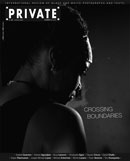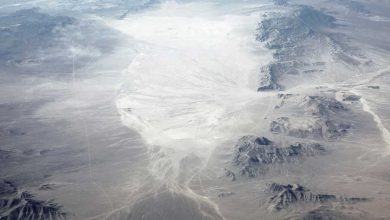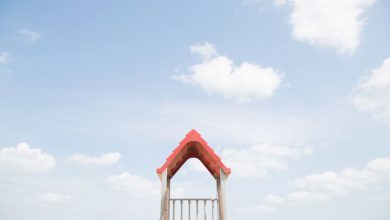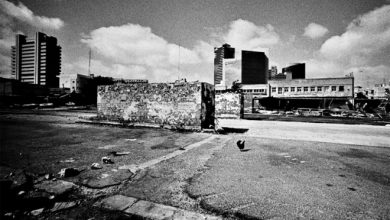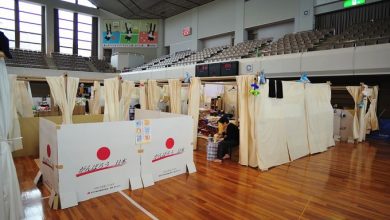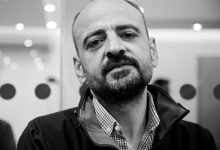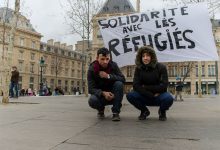
Urban Refugees in Nepal, photo essay by Jan Møller Hansen
It is well known that Nepal is home to some 20,000 Tibetan refugees, who came to the country in the 50s, 60s and 70s after China invaded Tibet in the early 1950s.
In the early 90s more than 110,000 Bhutanese people also came Nepal as refugees as they were expelled by the Bhutanese authorities and army. They were no longer allowed to stay in their homes and live as citizens in their own country. Today many of the Bhutanese refugees have been resettled in third countries, but there are still nearly 30,000 refugees in two camps in Eastern Nepal and others are living as unregistered refugees outside the camps.
What is less known is that Nepal is also home to hundreds of refugees from a number of other countries. Many of them live in the capital Kathmandu and a few in other cities in Nepal. They have come from Myanmar, Pakistan, Sri Lanka, Iraq, Iran, Afghanistan, Congo, Somalia and other countries and are known as urban refugees.
The exact number of refugees in Nepal is uncertain, because Nepal is not a signatory of the 1951 U.N. Convention Relating to the Status of Refugees that ensures the legal status and economic rights of refugees. Nepal has requested that the UNHCR do not recognize additional cases of urban refugees within its borders in an effort to prevent Nepal from becoming a safe haven for illegal immigrants. Many of the urban refugees have ended up in Nepal due to political and religious conflicts in their home countries and are victims of human trafficking.
Nepal imposes a daily penalty fee of 6 USD on each illegal refugee, which makes it very difficult for refugees approved for third country resettlement to leave the country. Here you can meet a few of the urban refugees in Kathmandu.
All names have been changed to protect the individuals and their families.







Q&A with Jan Møller Hansen
Photography is…
Exploring, learning, respecting, documenting and creating visual story telling. Sometimes photography is also about getting behind what the physical eye can see. It is about feelings and emotions.
Photography and writing…
When good photos are combined with short and personal stories, the message and impact on the viewer and reader become much stronger. Good photography is also visual story telling.
Who left the biggest impression on you?
It is the personal stories that people tell me. I remember each and every person that I photograph. Some stories are more touching than others, but my objects are all part of the universe that I create through images.
Tell us a little about yourself
Well, I am just passionate about exploring and learning about the many fascinating facets of our complex world and its people through the lens. I have realised that photography is a very strong instrument for learning and gaining knowledge, and it helps me in shaping my values and norms. Through photography I have an excellent excuse of meeting interesting people and bringing myself into situations that I otherwise would never have experienced. Photography brings me closer to people and it connects. I am learning through photography.

